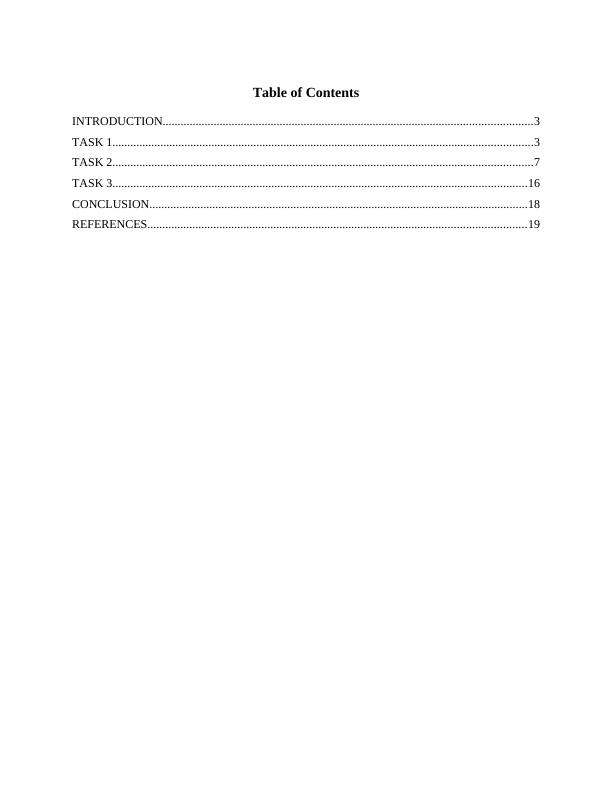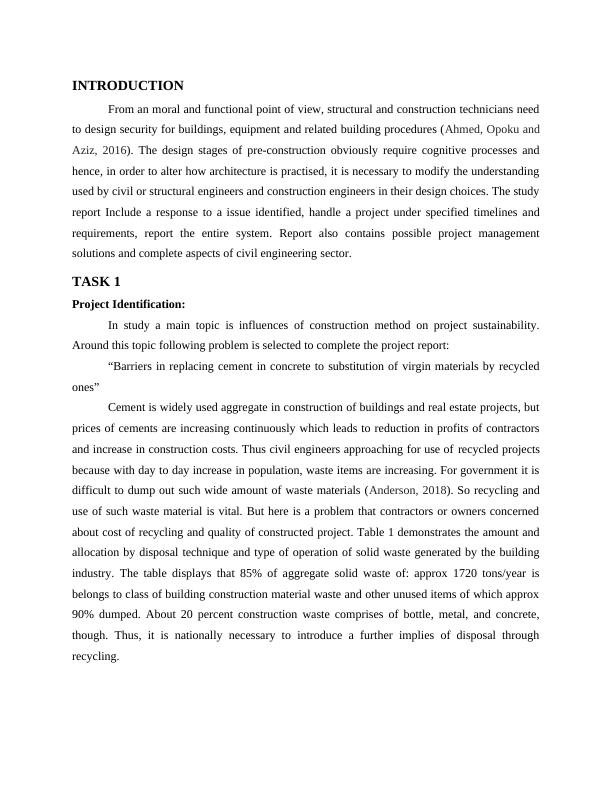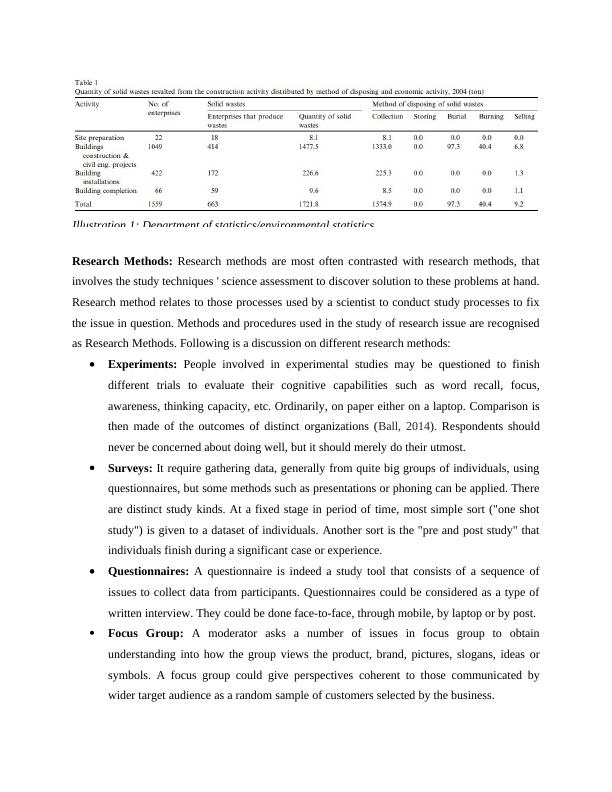Research Methodology in the Built Environment PDF
19 Pages3901 Words83 Views
Added on 2021-02-20
Research Methodology in the Built Environment PDF
Added on 2021-02-20
ShareRelated Documents
Individual Project

Table of ContentsINTRODUCTION...........................................................................................................................3TASK 1............................................................................................................................................3TASK 2............................................................................................................................................7TASK 3..........................................................................................................................................16CONCLUSION..............................................................................................................................18REFERENCES..............................................................................................................................19

INTRODUCTIONFrom an moral and functional point of view, structural and construction technicians needto design security for buildings, equipment and related building procedures (Ahmed, Opoku andAziz, 2016). The design stages of pre-construction obviously require cognitive processes andhence, in order to alter how architecture is practised, it is necessary to modify the understandingused by civil or structural engineers and construction engineers in their design choices. The studyreport Include a response to a issue identified, handle a project under specified timelines andrequirements, report the entire system. Report also contains possible project managementsolutions and complete aspects of civil engineering sector. TASK 1Project Identification: In study a main topic is influences of construction method on project sustainability.Around this topic following problem is selected to complete the project report: “Barriers in replacing cement in concrete to substitution of virgin materials by recycledones” Cement is widely used aggregate in construction of buildings and real estate projects, butprices of cements are increasing continuously which leads to reduction in profits of contractorsand increase in construction costs. Thus civil engineers approaching for use of recycled projectsbecause with day to day increase in population, waste items are increasing. For government it isdifficult to dump out such wide amount of waste materials (Anderson, 2018). So recycling anduse of such waste material is vital. But here is a problem that contractors or owners concernedabout cost of recycling and quality of constructed project. Table 1 demonstrates the amount andallocation by disposal technique and type of operation of solid waste generated by the buildingindustry. The table displays that 85% of aggregate solid waste of: approx 1720 tons/year isbelongs to class of building construction material waste and other unused items of which approx90% dumped. About 20 percent construction waste comprises of bottle, metal, and concrete,though. Thus, it is nationally necessary to introduce a further implies of disposal throughrecycling.

Research Methods: Research methods are most often contrasted with research methods, thatinvolves the study techniques ' science assessment to discover solution to these problems at hand.Research method relates to those processes used by a scientist to conduct study processes to fixthe issue in question. Methods and procedures used in the study of research issue are recognisedas Research Methods. Following is a discussion on different research methods:Experiments: People involved in experimental studies may be questioned to finishdifferent trials to evaluate their cognitive capabilities such as word recall, focus,awareness, thinking capacity, etc. Ordinarily, on paper either on a laptop. Comparison isthen made of the outcomes of distinct organizations (Ball, 2014). Respondents shouldnever be concerned about doing well, but it should merely do their utmost. Surveys: It require gathering data, generally from quite big groups of individuals, usingquestionnaires, but some methods such as presentations or phoning can be applied. Thereare distinct study kinds. At a fixed stage in period of time, most simple sort ("one shotstudy") is given to a dataset of individuals. Another sort is the "pre and post study" thatindividuals finish during a significant case or experience.Questionnaires: A questionnaire is indeed a study tool that consists of a sequence ofissues to collect data from participants. Questionnaires could be considered as a type ofwritten interview. They could be done face-to-face, through mobile, by laptop or by post.Focus Group: A moderator asks a number of issues in focus group to obtainunderstanding into how the group views the product, brand, pictures, slogans, ideas orsymbols. A focus group could give perspectives coherent to those communicated bywider target audience as a random sample of customers selected by the business.Illustration 1: Department of statistics/environmental statistics

End of preview
Want to access all the pages? Upload your documents or become a member.
Related Documents
(PDF) Several Excellent Civil Engineering Initiativeslg...
|20
|3895
|28
Concrete Using Waste as Aggregate: A Novel Waste Reuse Strategylg...
|1
|430
|458
Managing Risk in Modern Constructionlg...
|14
|3693
|30
A Review on the Applications of Reusing Hazardous Wastes in Civil Engineeringlg...
|9
|2917
|471
Individual project: Construction and the Built Environmentlg...
|10
|445
|41
Assignment On Civil Engineering Reportlg...
|24
|5391
|16
